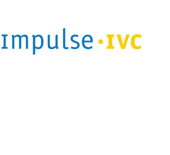Analysis and design - the initial and most crucial stages of the life cycle of automated systems, determines what will be done by the automated system and what exactly will help the company.
Often these stages are not sufficiently developed and the customer receives excellent automation of functions and works, that have little effect on the final product or service.
The automation, to some degree, results in accelerated chaos, which significantly impedes productivity. Such automation, sometimes pushed by political methods, discriminates the introduction of not only small, but also very well-known and costly systems.
Removing remarks and refinement of the automated system during operation, costs ten times more than correcting misplaced tasks in the early stages of creating and making claims. The reason for future financial losses is the absence or incomplete stage of analysis and design. In addition, having a system project (a detailed description of improved business processes), makes it possible to create parts (elements) of implementation in a phased manner - on their own or involving the best performers at the tender.
Therefore, to reduce the risks and unnecessary costs when creating an automated system, it is necessary;
- to conduct business modeling;
- to formulate requirements for an automated system;
- to develop a concept;
- to develop technical requirements;
- to make a first draft of a project;
- to compile a technical project.
The most important stage of requirements of formation include:
- inspection of the object and the justification of the need to create an automated system;
- creation of user requirements to the automated system.
The examination of the object of automation (business modeling) allows to assess in general and in detail the effectiveness of the activities of the main and auxiliary business processes, and to identify the problems of its increase, as well as formulate substantiated proposals for their elimination during automation.


